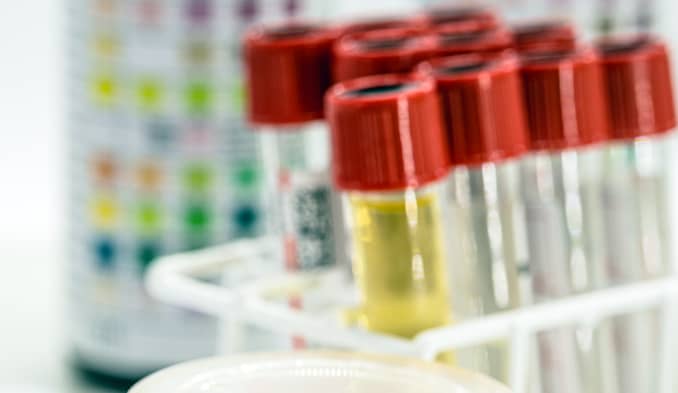-
What are the necessary tests in urinalysis?
Complex urinalysis includes the examination for the presence of leukocytes, the assessment of the level of acidity, as well as urine staining. Additionally, testing is performed for the presence of chemical compounds such as ketonin, protein, nitrite, and bilirubin. It is necessary to do a test to see if there is blood in the patient's urine.
-
What diseases can be detected by urinalysis?
A urinalysis can give indications of multiple medical problems. These include kidney failure and diabetes, the presence of tumors in the urinary tract, infections and others.
-
What does it mean when urine protein levels are higher than normal on urinalysis?
When elevated levels of protein in the urine are noted, this is a clear indication of the presence of various medical diseases in the patient. The presence of fresh blood in the urine is always accompanied by the presence of protein as well. This symptom may also be an indication of filtration problems of the kidneys. In most cases, high protein values may be associated with acute urinary tract infections.
-
What are the acceptable values of acidity in urine?
Typically, normal pH values are between 4.8 and 7.6. Lower levels of acidity in the urine may be reported when the patient consumes mostly meat or in a fasting state. Elevated pH values are seen when only vegan foods are consumed. In the case of infections (nitrite+), values can often exceed 8.
-
For what can be an indicator of the presence of nitrite and glucose in the urine?
Nitrite is a nitrogen component that is generated from the nitrate normally present in urine as a metabolic product created by bacteria. Reporting of nitrate in urine is only possible when there is also bacteria present in the urine. Nitrite testing is therefore necessary when a urinary tract infection is suspected.
The presence of glucose in the patient's urine can be a sign of diabetes. In patients with not well-controlled or poor diabetes, sugar is excreted from the body when urinating. In such situations, it is possible to increase the frequency of urination, to increase the urge to urinate, and in some cases to end up with incontinence. The presence of various medications such as SGLT2 inhibitors are intended to cause similar effects.
-
What can be the main causes of the presence of blood in the urine in both sexes?
When a patient notices the presence of blood in the urine, whether it is visible or detected by test strips, it is necessary for him to immediately seek medical advice to determine the cause of this condition. In these cases, the most important thing is to examine the structure of the red blood cells, after which a cytological analysis and culture of the urine should be done. Further investigations such as cystoscopy and imaging of the bladder are also necessary. In women, urinalysis is done outside the menstrual period.





